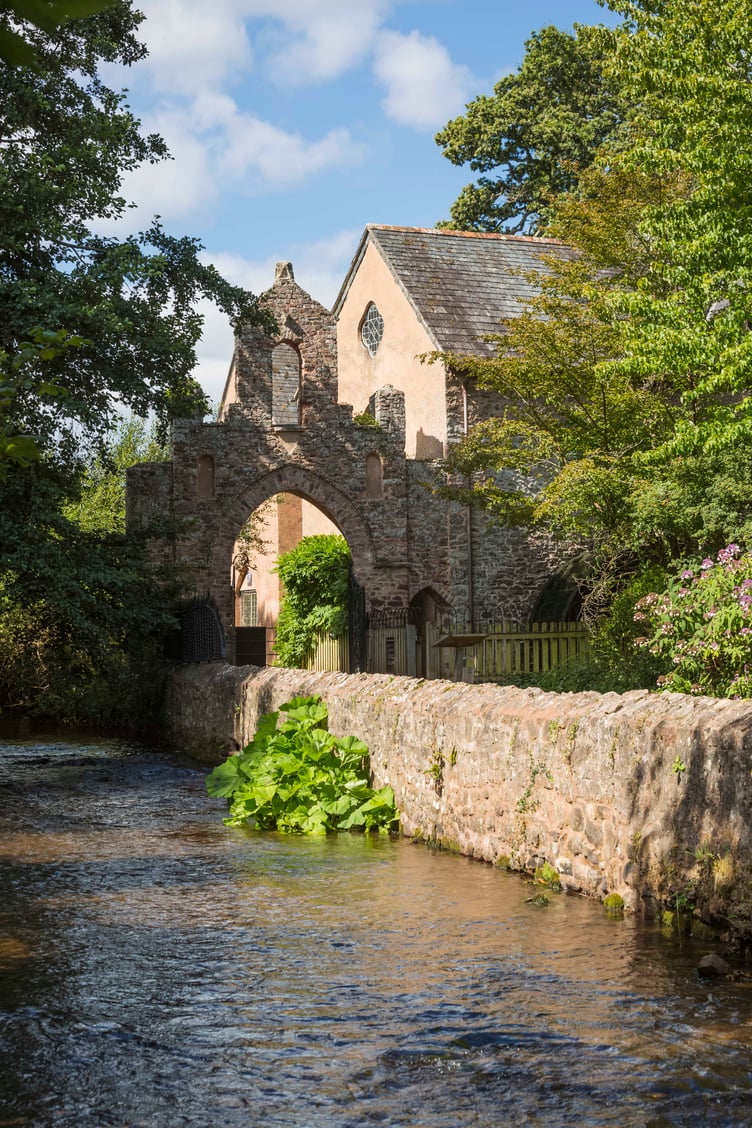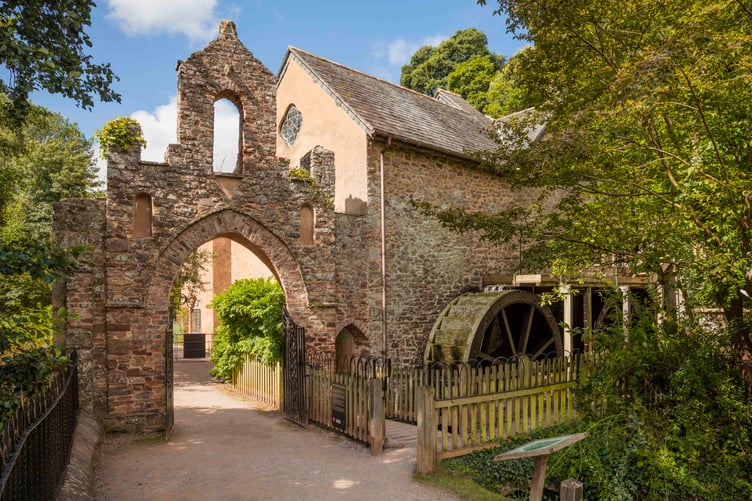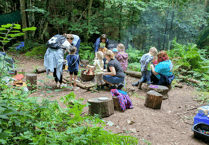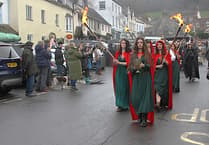NATIONAL Trust millers in Dunster Castle Working Watermill have been learning the ancient skill of ‘dressing’ millstones to help keep them sharp enough to grind flour.
It follows a visit by a millwright with the ancient skills to ‘dress’ the stones and pass on his knowledge to the trust’s milling team so they could continue to maintain the millstones, which need to be dressed after about every 10 tonnes of grain milled.
The visiting miller came from one of only six remaining millwright companies in the UK.
The work was done using a traditional ‘mill bill’ hammer-like tool to carve a specific pattern into the stone.
And this weekend (May 13 and 14) anybody who wants to learn more about the mill and see it in action can visit between 11 am and 3 pm on both Saturday and Sunday, when the team will be milling ancient grains as part of National Mills Weekend.
Visitors will be able to produce their own flour using a traditional hand quern and join one of the regular tours of the mill throughout the day.

+ 2
(View All)
The 18th century watermill at Dunster Castle, beside the River Avill.
There will also be bite sized treats of apricot spelt cake made from one of the mill’s wholemeal flours for visitors to sample, or a whole slice available in the tearoom opposite the mill.
Dunster Castle’s mill assistant David Payne said: “Millstones are carved in specific patterns that help to produce the best flour and our stones follow a Roman design.
“The runner stone, which is the one on top, rotates when milling and the pattern ‘dressed’ into the stones is designed to cut and grind the grain into perfect flour.
“Dressing the millstones involves redefining and sharpening these patterns with traditional tools.
“Without periodically dressing them, milling takes a lot longer and the stones become less efficient.
“It is so important to learn about these traditional skills and I am pleased to be involved in keeping Dunster’s ancient tradition of milling alive.”
The Dunster waterwheels are powered by the River Avill via an ancient leat half-a-mile upstream from the mill.
Two Dunster corn mills were recorded in the Domesday Book of 1086 and the current building dates to about 1780.
The mill building in the grounds of Dunster Castle is an extremely rare example of a working double overshot watermill and the ancient tradition is kept alive today by a National Trust team who mill more than 10 tonnes of wholemeal flour a year.
Dunster mill operations manager Stephen Hayes said: “Visitors often ask if the stone ends up being ground into the flour.
“I reassure them that the stones are made with French Burr, which is an extremely hard freshwater quartz.
“The sharp cutting edges only become blunt with use rather than wearing away.
“It is only when they are dressed that they lose a small amount of their thickness.
“All our millstones date back to around 1865 and still have over a hundred years of life left in them.”
Dunster has three working sets of millstones, one for wheat, and the others for milling ancient grains such as rye and spelt.
The flour produced in Dunster’s watermill is sold in the castle stables and watermill shops and by local businesses.
Dunster Working Watermill is always on the lookout for new volunteers. Anybody interested in learning new skills, working as part of the team, and getting stuck in, should email [email protected].





Comments
This article has no comments yet. Be the first to leave a comment.